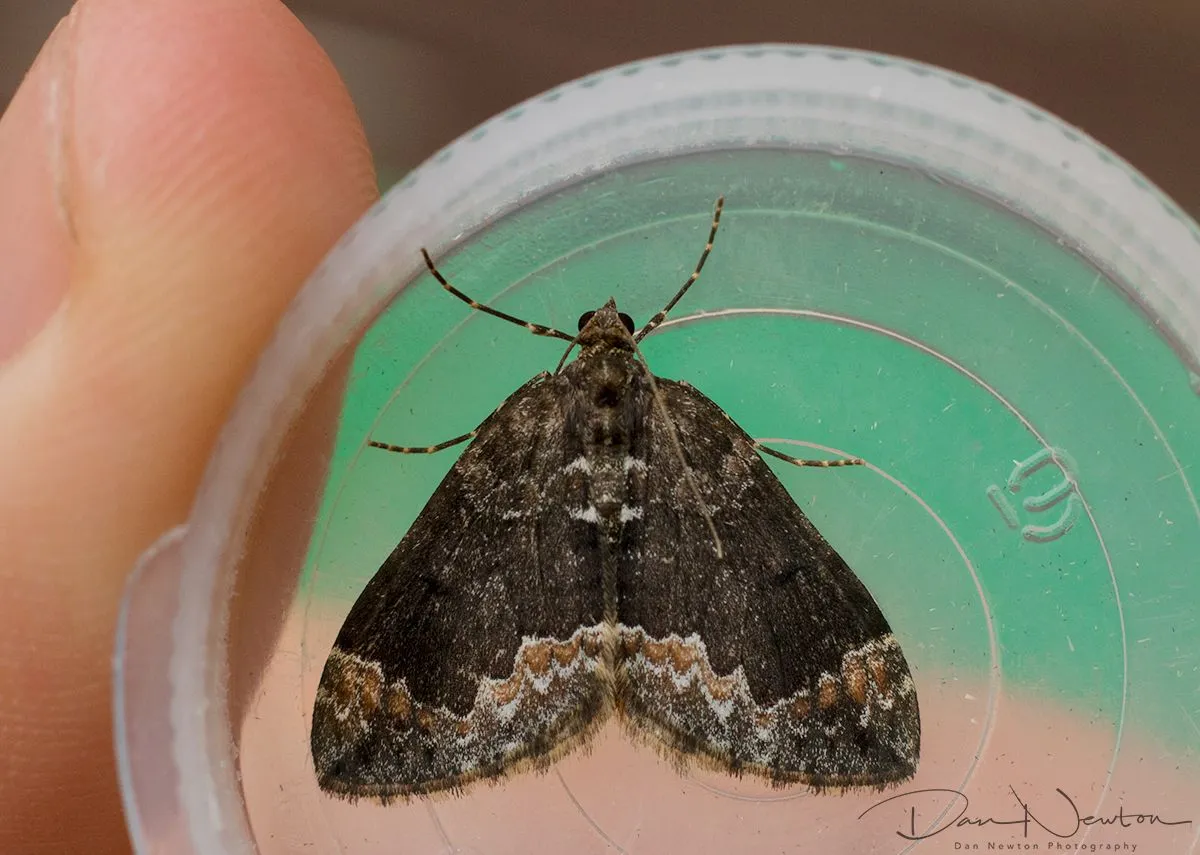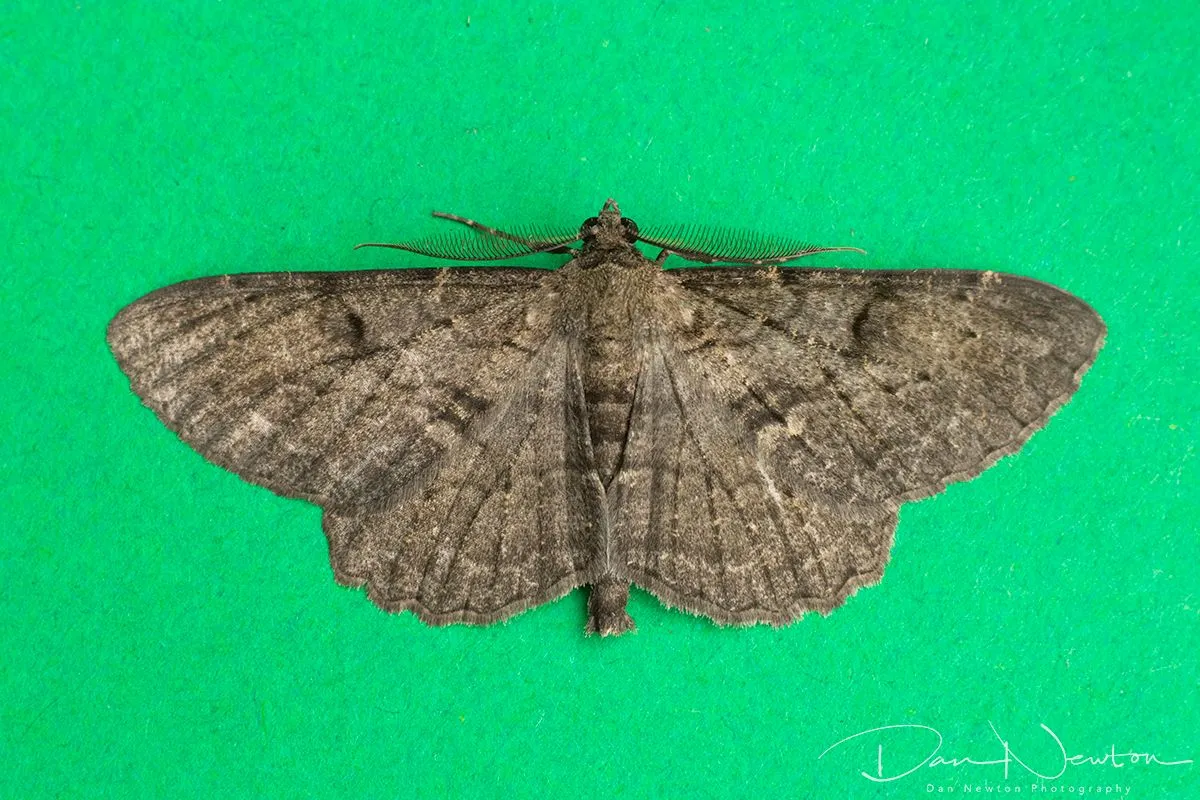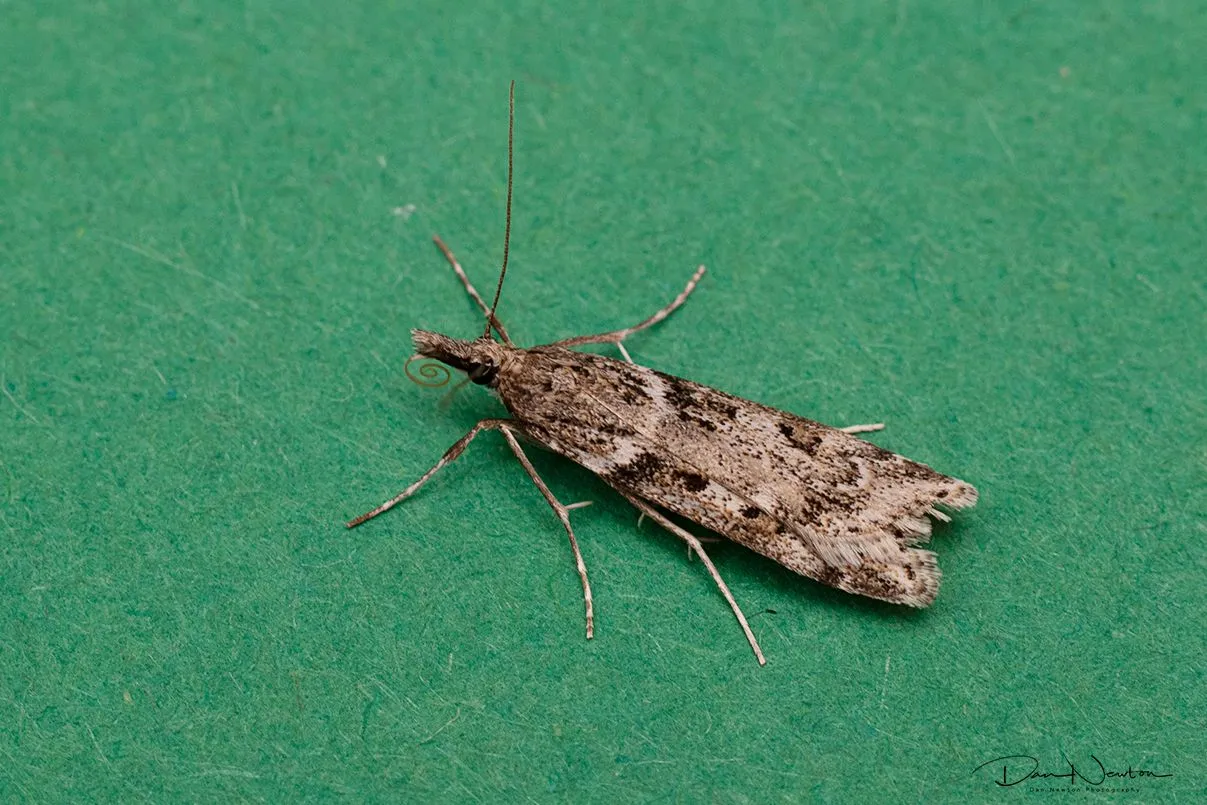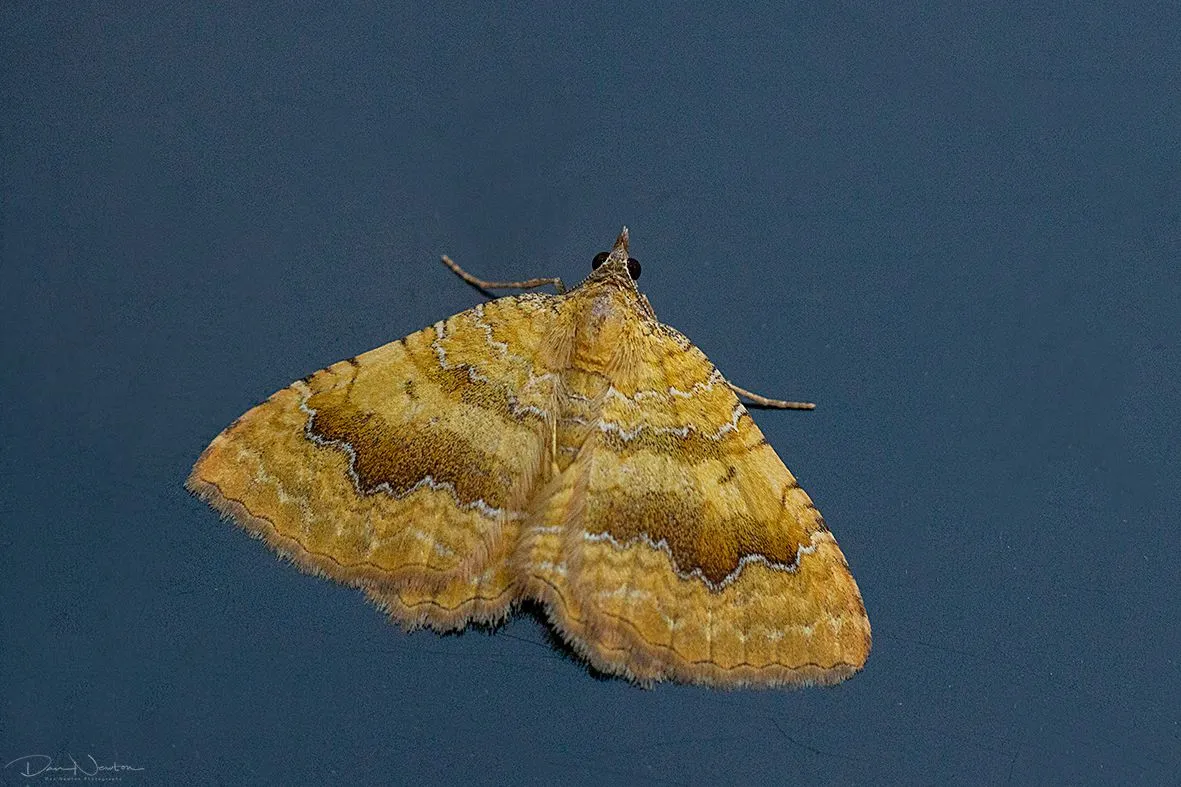Sharing the results from my latest Moth Trap Session. I have written posts about setting up a moth trap and on collecting the results if you want some more background info on how and why I use a Moth Trap


Date: 21st September 2022
Weather:
What's that you say?
2 trapping sessions in less than a week?
Yes!
I am on holiday, so have plenty of time available for once, and besides my partner left for university last week, so I don't have anything better to do!
The weather also looks fairly reasonable too... warm-ish with highs of 21C plenty of cloud cover AND the wind is blowing up from the south, which always helps increase the chances of exciting rare migrant moths being blown up from Europe.
Once again I have stuck with the smaller trap, but enough talking...here we go!
Results: 14 moths of 10 species

Summary of Results:
So... was it worth a try tonight?
The short answer is yes, always.
There is always an opportunity to see something new, and there are always a chance to get some more records. At the end of the year these records will get sent to the County Recorder to verify and add to the national database. The records I send will be added to others across the country, and this way we can monitor population trends such as the increase or decrease in the numbers of each species
Unfortunately, tonight was just a record gathering session. No new species, and no rare exciting migrants either.
Here are a selection of species recorded tonight:

Common Marbled Carpet - Dysstroma truncata

Willow Beauty - Peribatodes rhomboidaria

Eudonia angustea

Yellow Shell - Camptogramma bilineata
So as mentioned earlier; these are all useful records, just not overly exciting.
However, there is always a chance of something interesting every time I run a session
like buying a lottery ticket, you've got to be in it to win it!
So I will be back next week with eager anticipation (and fingers crossed) and who knows I might be lucky!

Notes on Pictures: Since I started moth trapping 5 years ago, I have been slowly building up collection of Library Images. The idea being that once I have taken a picture of a particular species of Moth, I don't need another picture of the same species a year later. It’s a waste of time and energy. I only take pictures of new species, or of moths that are difficult to ID, so I can get the records verified.
While in my care, all individuals are looked after, and after Photographs have been taken, they are all released safely outside.
All names confirmed and checked via Wikispieces
Further Research from UK Moths and NatureSpot

If you have any thoughts or opinions on this article then I'd love to see your comments.
And if you really like the content then maybe you would like to upvote or re-hive it.

Check out my website for more of my work.
